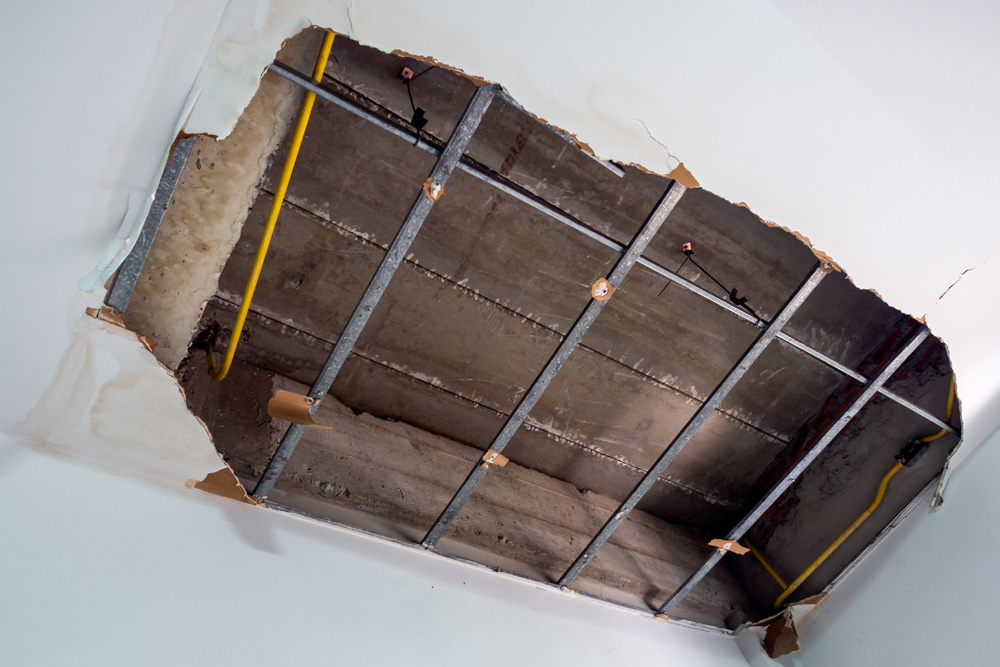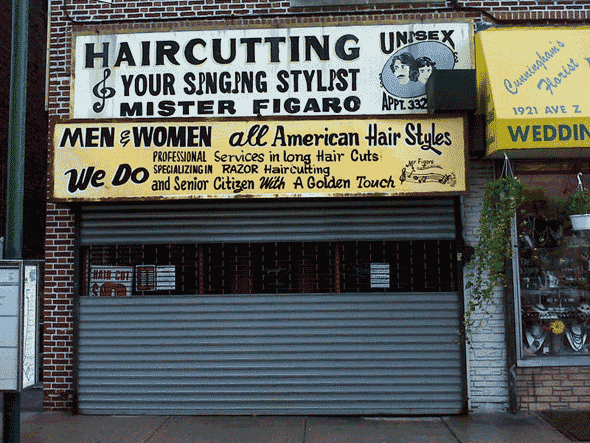My Ceiling Collapsed. What Are My Rights?

Being caught in a building when the ceiling collapses is a terrifying and extremely dangerous situation. In addition to incurring damage to the belongings that were inside the building, individuals in this situation also commonly find themselves without a place to live and even dealing with physical injuries caused by the collapse, or the loss of loved ones.
There are many reasons why ceilings collapse, and some of these reasons are the result of another party’s negligence. If you’ve been injured or have experienced property damage due to someone else’s negligence, you can seek compensation through a personal injury or property damage claim against the at-fault party’s relevant liability insurance policy, or even through a civil lawsuit if the at-fault party’s insurer fails to pay the claim. An experienced lawyer can help you understand this legal process and provide services to assist you.
Liability When a Ceiling Collapses
Liability refers to the legal responsibility a party has to compensate someone for physical injuries or property damage incurred as a result of their carelessness or recklessness. The most common source of this compensation is a liability insurance policy held by the at-fault party, such as a homeowner’s, renter’s, property, or commercial business policy.
Some of the ways that someone else can be liable if a ceiling collapses include:
- Property managers of apartment or single-family dwellings can be liable if they failed to properly maintain the property.
- The manufacturers of materials used in the construction of the building can be liable if the materials fail to perform as labeled or present unreasonable risks of injury or death to users.
- The providers of construction services can be liable if the collapse was the result of improper construction.
- In some cases, if an upstairs tenant improperly uses utilities, resulting in flooding that causes the ceiling of the tenant who lives below them to collapse, the upstairs tenant can be liable for physical harm and property damage caused to the downstairs tenant.
An experienced attorney can help determine all sources of liability for your ceiling collapse, as well as the relevant sources of liability insurance that can be accessed to provide the compensation you need.
The Legal Requirements of Property Owners/Possessors
Those who own, possess, or otherwise control a property have a legal requirement to regularly inspect the property to ensure that there are no hazards present that could injure their guests. If such hazards are discovered, the owner/ possessor has the responsibility to both promptly mitigate the hazard as well as to warn guests of hazards that have yet to be repaired by the placement of a prominent warning sign in the area.
As explained by Robson Forensic, ceiling collapses are most often the result of an accumulation of moisture. This moisture is usually the result of leaking roofs or plumbing systems. Both the integrity of the roof and the plumbing system are responsibilities of the property owner or possessor, as are other common issues that result in ceiling collapses, such as condensate drainage from window-mounted air conditioners.
Defective Products or Services
In some cases, the ceiling, roof, plumbing system, or gutters were improperly installed, causing a build-up of moisture that the landlord of the property would not know about. Likewise, appliances and systems can malfunction as a result of a manufacturing defect. While it can be more difficult to prove these sources of liability, certain types of evidence can be used to show that the collapse was the cause of defective products or services, including documentation of services provided and expert testimony that the issue would have been apparent to service personnel.
The elements of negligence in a ceiling collapse claim include:
- The at-fault party had a legal duty to take reasonable actions to avoid causing harm to the claimant.
- There was a breach in this duty that occurred when the at-fault party took actions that were contrary to the duty that was owed.
- The breach resulted in a ceiling collapse, causing physical injury and/or property damage to the claimant.
Once your attorney has determined all sources of liability and insurance, they will help you establish a value to your claim. The value is based not only on the monetary expenses you incurred as a result of the ceiling collapse, such as medical expenses, loss of personal property, or even the need for temporary shelter while repairs to the building take place, but also compensation for the psychological impacts of the incident, as well.
Filing a Claim
Claims are generally filed against the relevant liability insurance policy held by the at-fault party. When the insurance provider who services that policy receives the claim, they can either pay its full value, reject the claim, or offer to settle the claim for less than its stated value. If the insurance provider fails to resolve the claim, it can be filed as a lawsuit in court.
Lawsuits must be filed within the state’s statute of limitations for that type of claim. For example, in California, if the claim involves both personal injury and property damage, the claimant has two years to file a lawsuit seeking compensation, in accordance with the personal injury statute of limitations. However, if the claim only involves property damage, it must be filed within the state’s three-year statute of limitations for property damage claims.
There are many features that a structure must possess to be considered habitable, including a ceiling. If your ceiling collapsed, not only is your dwelling no longer habitable, but your belongings have likely been ruined and you may even be dealing with injuries. If this situation was the result of a negligent property manager, constructor, manufacturer, or even another tenant, you have the right to seek compensation for the damage caused.
Let an experienced attorney from Kash Legal help you understand the process of obtaining compensation after a ceiling collapse. We will answer your questions and tell you about the services we can provide to assist you with your claim. For your free case evaluation, contact us online or call (888) 527-4128.
 By now, readers must know that Mister Figaro, the Singing Stylist of 1919 Avenue Z, is one of my favorite Sheepshead Bay barber shops.
By now, readers must know that Mister Figaro, the Singing Stylist of 1919 Avenue Z, is one of my favorite Sheepshead Bay barber shops.
